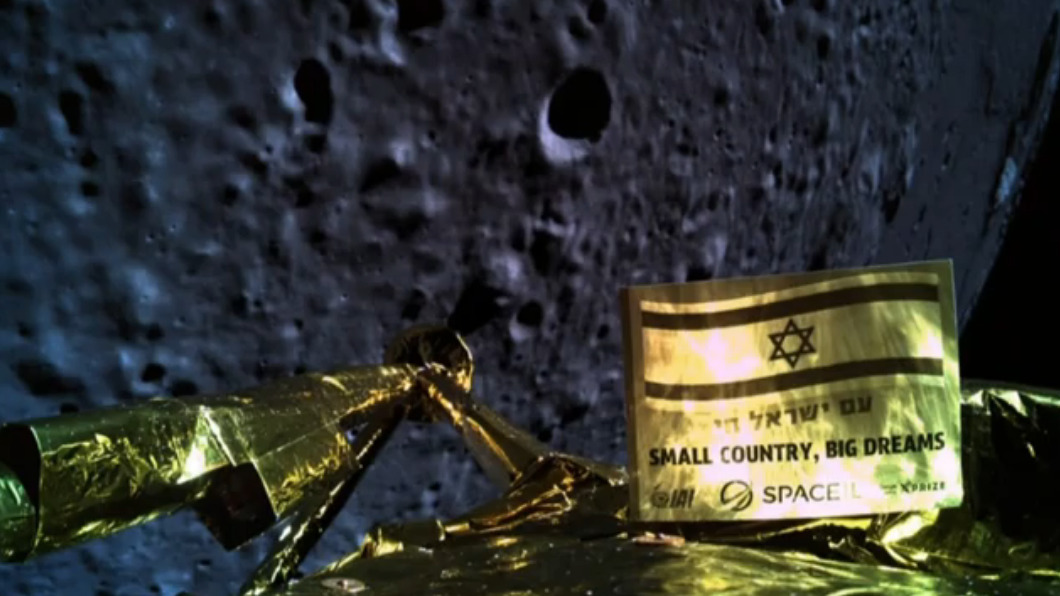Oops! Israel's Beresheet Lander Crashed Into The Moon
There were only two ways the first-ever Moon landing for Israel was going to go. The country's Beresheet lander was definitely going to make it to the lunar surface, and it would either perform a successful soft landing or, well, crash. Unfortunately, it was the latter.
As everyone saw during the livestream of the landing attempt, everything was going very, very well for the privately-funded Moon landing mission. The spacecraft even snapped a quick selfie with the lunar surface in the background at an altitude of around 22 kilometers. Then, silence.
Flight controllers from SpaceIL, the group of scientists and engineers who put together the mission, declared the spacecraft lost shortly after its signal went dark, and we still don't know exactly what went wrong. What we do know, however, is that the lander didn't land, it crashed.
Don't stop believing! We came close but unfortunately didn't succeed with the landing process. More updates to follow.#SpaceIL #Beresheet pic.twitter.com/QnLAwEdKRv
— Israel To The Moon (@TeamSpaceIL) April 11, 2019
This was Israel's attempt at becoming just the fourth country in history to perform a soft landing on Earth's natural satellite. The journey began with Google's Lunar XPrize competition, and SpaceIL continued its work even after the competition ended without a winner. Now, the Beresheet lander is gone and we're left with plenty of questions as to why.
It was difficult to tell what failure led to the loss of the lander during the live stream, but there appeared to be an issue with the spacecraft's main engine. A failure of the engine would obviously be a big problem, preventing Beresheet from performing a controlled descent and resulting in the spacecraft plummeting to its demise.
The SpaceIL team attempted to restart the engine, and an initial report suggested that it was successful, but shortly after that announcement the spacecraft's communication link went dead. It's possible that the main engine was revived just moments before impact and that it was too little too late to save the lander from destruction, but we'll have to wait until SpaceIL investigates the issue to know for sure.
